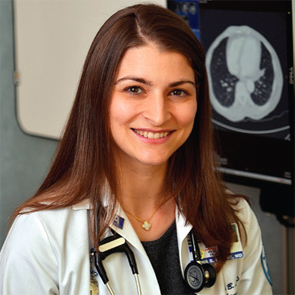Along those same lines, Mr. Kaufman says a higher rent might make sense if it comes with certain benefits. Ask yourself such questions as: Is the value of having a visible presence worth the cost? Will locating a practice in a more attractive and more expensive building help maintain and grow the patient population? Do I want to be near a hospital? How close to public transportation and highway exits is preferable?
“As much as cost is critical to locating a practice, location drives cost,” Mr. Kaufman points out. “These are questions you need to answer in order to make good business decisions.”
Another important question to ponder is whether to lease or purchase. Of course, there are benefits to both, but if the rheumatologist is contemplating a long-term lease and making significant improvements to the space, they should speak with an accountant to best understand the benefits of each alternative, Mr. Kaufman adds.
Medical Complex vs. Standalone Facility
The trend today is to locate a medical practice in a building that houses other medical practices. However, not all buildings are created equally, and the tenant mix can significantly influence your practice’s success or failure. “Some practices overburden parking and some may have patients that may be too distressing for your patients to encounter,” Mr. Eigen says. “But if you select a building that has complementary practices where you can get and give referrals, you can build your practice more quickly and most likely larger than if you were in a standalone building.”

Dr. Levine
Looking at other related pros and cons for rental properties, Mr. Kaufman points out that in a medical building the landlord typically takes care of most (if not all) maintenance issues. Alternatively, in a stand-alone building, the physician may be able to brand the building with the practice’s name, yet may have to maintain the parking, sidewalks and so forth that go with the property.
Dr. Levine says it’s ideal to have her practice located in a building that offers other medical services patients may need, such as orthopedics, radiology and physical therapy, among other specialties. “This offers efficiency for my patients and easy coordination between me and other providers,” she says. “I recommend considering such a model to optimize the patient experience.”
A Good Fit
Another factor to think about is how much work needs to be done to the space. For example, do you require sinks in most exam rooms, and if so, are they already there? “Renovating a medical space can be expensive, so a doctor should explore whether the conditions of the spaces they are looking at meet their needs,” Mr. Kaufman says.

